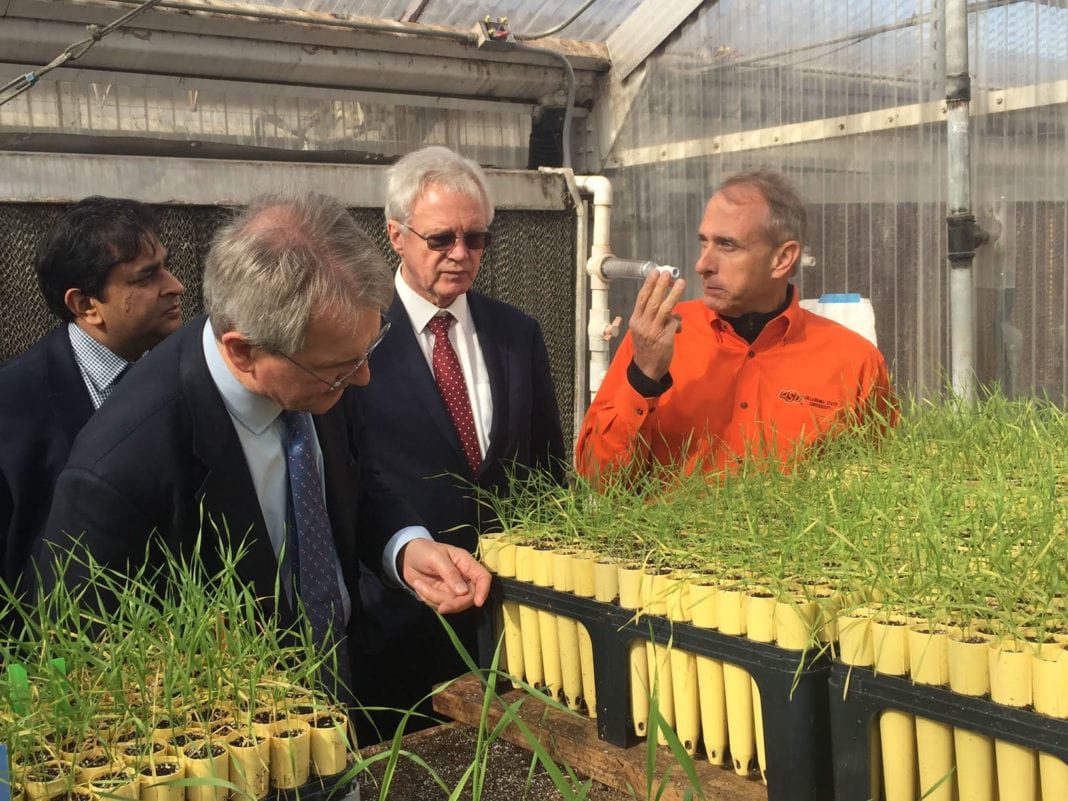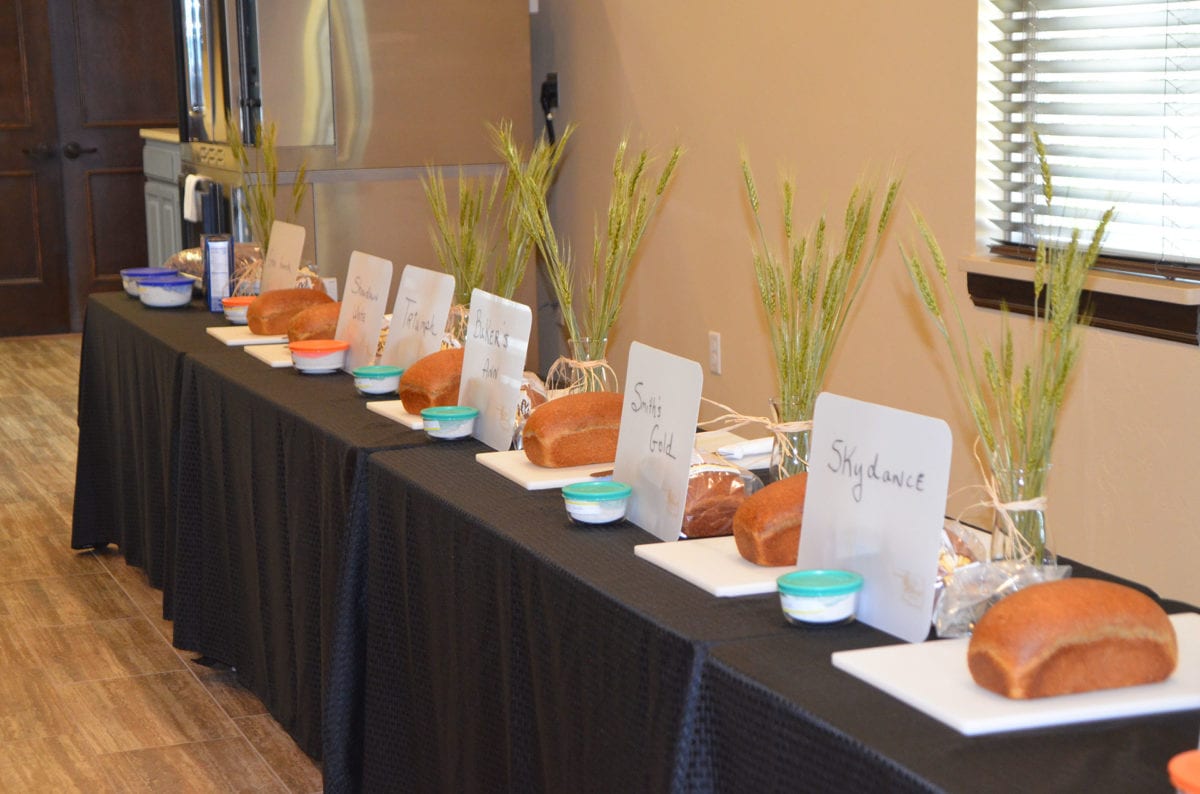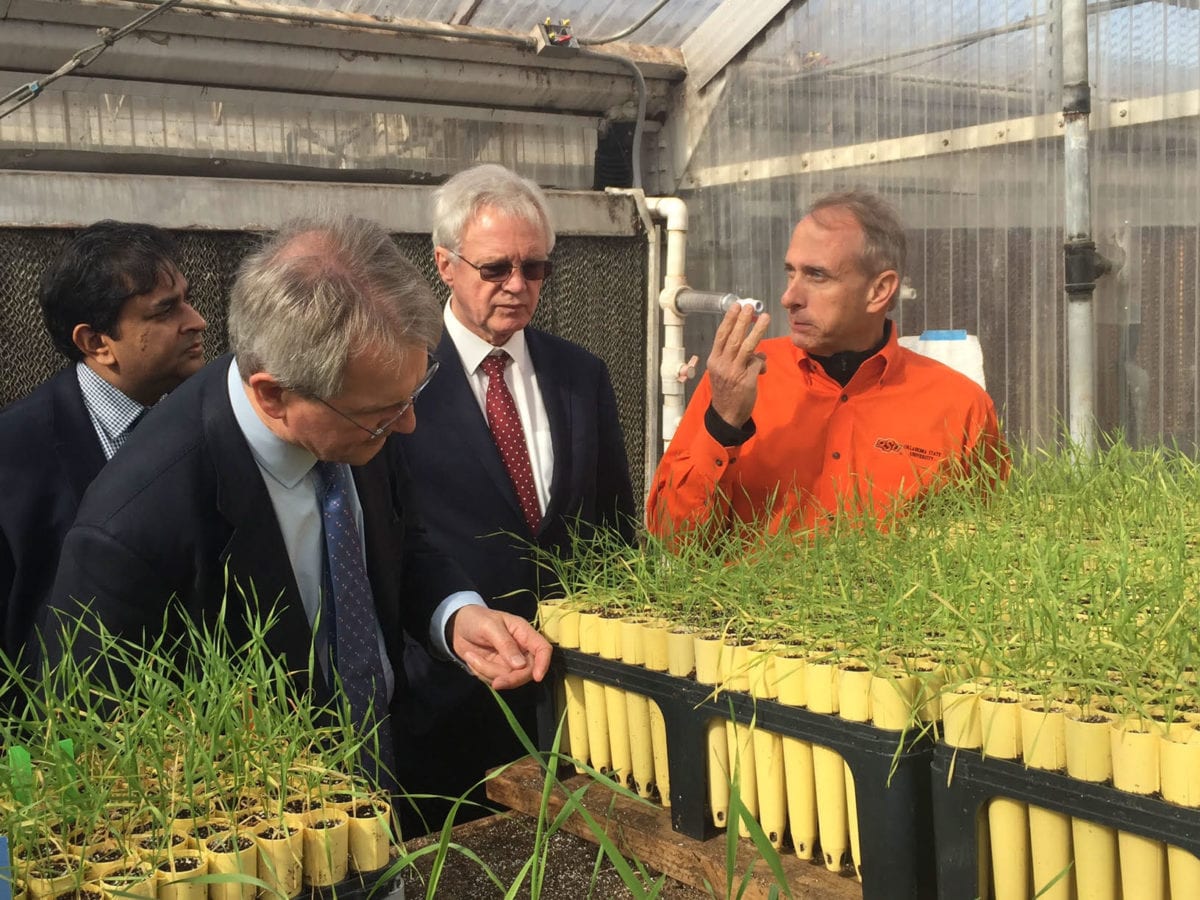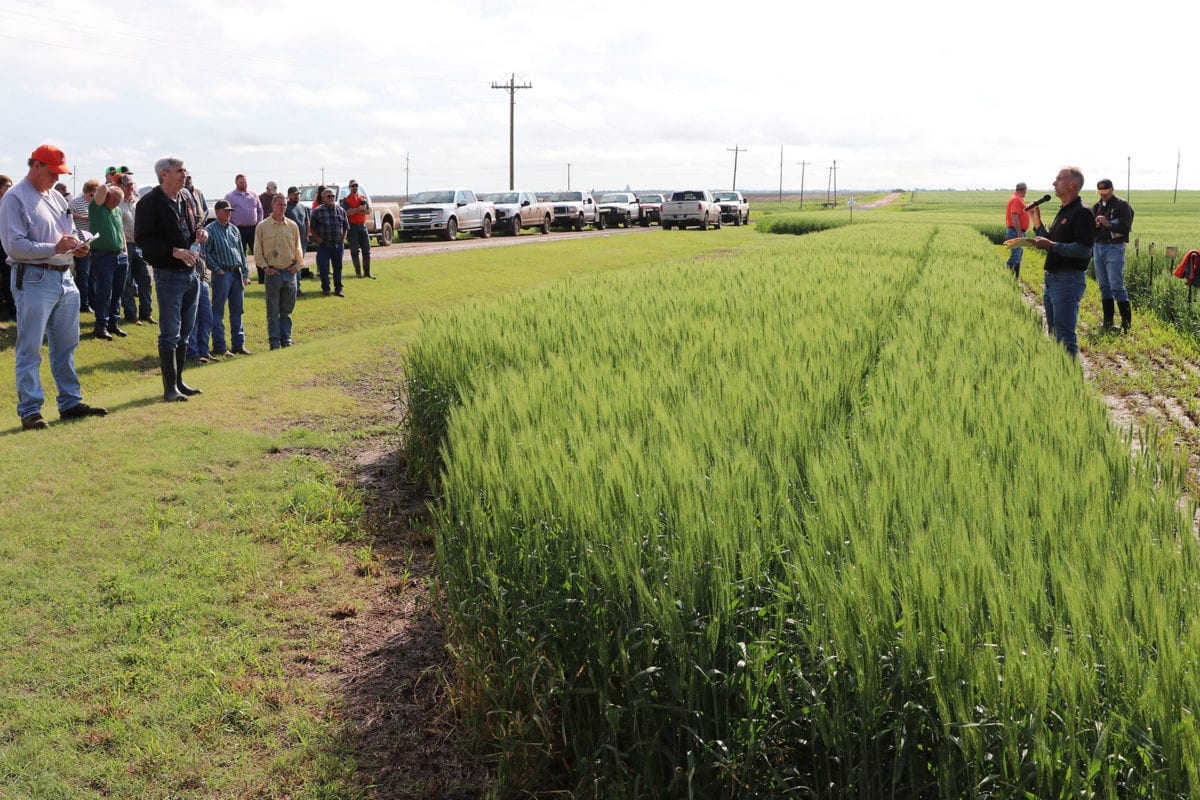Everyone knows there are unseen forces involved in getting food from the farm to the table. In Oklahoma, one of those is a team of advocates and researchers working to provide the best wheat-based products possible.
Established in 1965, the Oklahoma Wheat Commission was founded by wheat producers who knew they’d need a way to adapt to the changing industry. The group focuses on domestic and international market development, wheat research, and informing and educating the public on wheat, agriculture and nutrition.
Mike Schulte, executive director of the Commission, says that while Oklahoma wheat isn’t the cheapest, it is high quality. Farmers produce three classes of wheat, mostly hard red winter and some hard white winter and soft red winter, all which are primarily used for all-purpose flour and a multitude of leavened bread and dough products. Wheat is the largest plant commodity in the state, with an economic revenue impact of $800 million to $1 billion annually.
“Today, the dynamics of the global marketplace have changed so much that we have to take into account all the hats our producers wear,” says Schulte. “We’re focusing more on the market development, end-use functionality and what is being utilized by the consumer.”
Staying competitive in the wheat market starts at the grain. OKWC supports the publicly funded Oklahoma State University Wheat Improvement Team, a group focused on research and creating new wheat varieties for Oklahoma. Developing a new wheat variety can take anywhere from eight to 20 years.
“In developing varieties, it’s all about facilitating that flow of grain from the farm to the table,” says Brett Carver, Ph.D, wheat genetics chair in OSU’s plant and soil sciences department. “We want to make it a success for everyone who’s on that supply chain.”
Carver says it’s important to first satisfy the farmers: New wheat varieties can’t be implemented if they don’t serve the producers and aren’t used in the field. For farmers, a wheat crop has to turn a profit. The team at OSU is always working to produce a variety with greater yields and better disease resistance in a changing environment. Over a period of three to five years, wheat producers can see upwards of 15 different challenges related to diseases and bugs.
Carver says a hard red winter wheat variety called Duster has made the biggest difference in Oklahoma wheat. The variety equally served the farmer by providing high yield and disease protection and kept milling and baking functionality needs in mind.
“You can breed a wheat variety for increased yield,” says Schulte. “But just because you have a high yield product, it doesn’t mean it will make a loaf of bread.”
Millers and bakers need wheat with certain qualities to make their products. Functionality standards outline these traits, and millers and bakers sometimes contract with the producers that can meet their needs. The OSU research team takes these standards and works to develop a wheat variety that meets them. This keeps Oklahoma wheat producers more adept and able to meet the industry’s needs.
Carver says shoppers today focus on the food label, and it’s causing an upstream effect: Bakers are more demanding for a flour that serves their specific product and stands on its own without added conditioners or chemicals, which ultimately end up listed on the label. Their demands are passed upstream to millers, then farmers, and ultimately the Wheat Improvement Team.
“Consumers should know that if they’re buying a food product made from an OK wheat variety, it’s a wholesome, nutritious product that they’re buying,” says Carver. “We did everything we could do to make the flour that way.”


Brett Carver with OSU’s Wheat Improvement Team speaks with officials from England about the selection for quality through crosses at OSU’s Stillwater campus. 





























